Filming the tales of coin-forgers. Alan Dearling.
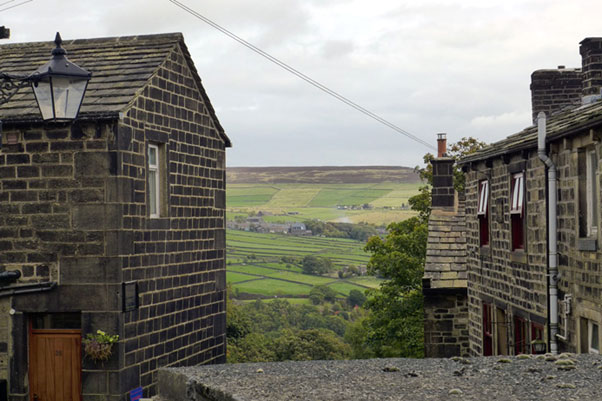
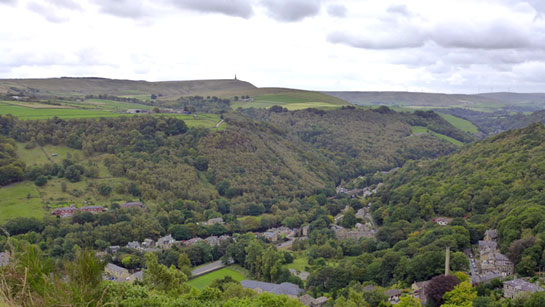
Rising up out of the Upper Calder Valley at Hebden Bridge, the steep road and paths up to Heptonstall village can take your breath away. This is on the Calderdale Way which is a local, circular 50-mile path that links into the Pennine Way. But hey, it’s worth the climb! This is a special place, steeped in its own unique history and the ‘stories’ of the local area. It feels like stepping back in time. Superb views too.
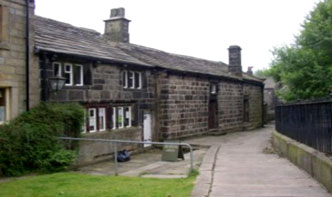
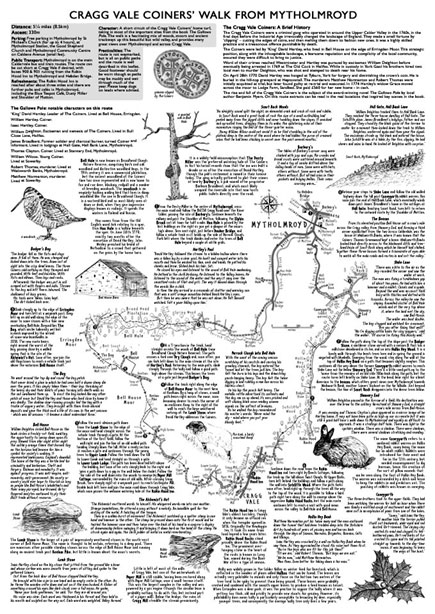
. There’s an interesting museum located in the old grammar school building – which has many of the school artefacts left in situ. There are also very interesting exhibits and information boards in particular recounting the history of the Cragg Vale Coiners (counterfeiters who produced fake gold coins, out of ‘shavings’ from real coins, in order to supplement their meagre incomes from agriculture labour and weaving); the co-operative movement; information about the weavers/mills and local battles in the English Civil War.
The Coiners under the brilliantly erratic leadership of King David, were villains with working-class hearts of (real) gold!
Currently, UK filmmaker Shane Meadows of ‘This is England’ fame, is to make his first-ever BBC television drama with Benjamin Myer’s heavily-researched book set mostly in the Calderdale Valley, ‘The Gallows Pole’. It’s being cast with local, Yorkshire, non-experienced young people, and filmed at the moment, to be produced by the UK-Irish company, Element Pictures. They have a very successful track-record in the production of historical dramas including Hilary Mantel’s ‘Wolf Hall’, Andrea Levy’s ‘The Long Song’ and ‘An Officer And A Spy’ by Robert Harris.
The BBC series, to be based on the 2017 novel which won the 2018 Sir Walter Scott Award, is the fictional, but probably true(ish) story of 18th-century ironworker, ‘King’ David Hartley and the Cragg Vale Coiners. It’s a dark, bloody and gruesome tale which follows the counterfeiters’ struggle against oppression and poverty. No heroes exactly, but no simple criminals either. In the late eighteenth century the ‘shaving’ of coins was so wide spread and developed, that it was set to cause the collapse of the English economy. In fact it was potentially the biggest fraud in British history. A map and poster of the Cragg Vale Coiners’ perambulations has been produced by Christopher Goddard. There’s even a vinyl album by ‘The Shining Levels’: https://theshininglevels1.bandcamp.com/album/the-gallows-pole-ost
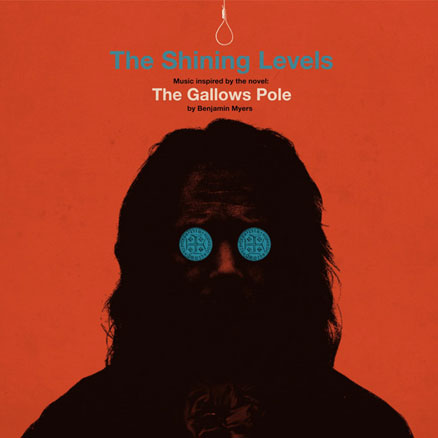
Organised resistance to oppression from undemocratic government, industrialisation and capitalism is a prominent feature of this whole area of the old West Riding of ‘Jorvikshire’ and beyond. Remember, it was many people from this area who were in the forefront of the 80,000 protestors who marched to Manchester’s St Peter’s Fields in 1819 to fight for democratic political reform, plus, resist cuts to wages and sackings in the mills – action that led to the infamous Peterloo massacre. Mike Leigh’s quite recent film, ‘Peterloo’, features many scenes filmed in locations around the upper Calderdale Valley. It was fun to sit alongside many locals in the Hebden Bridge independent cinema watching the film depicting scenes from what is ‘local history’. I found that film a bit too much of a caricature of the people and issues, yet, it is a portrayal of ‘history’ that contains many echoes of the current demonstrations and protests taking place in the UK and beyond.
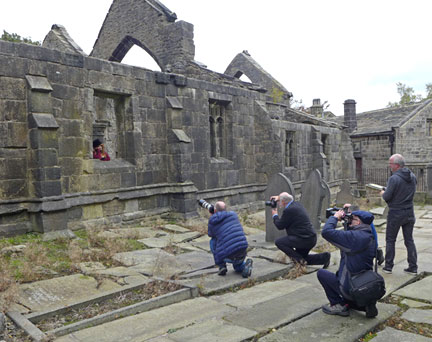
Organised resistance to oppression from undemocratic government, industrialisation and capitalism is a prominent feature of this whole area of the old West Riding of ‘Jorvikshire’ and beyond. Remember, it was many people from this area who were in the forefront of the 80,000 protestors who marched to Manchester’s St Peter’s Fields in 1819 to fight for democratic political reform, plus, resist cuts to wages and sackings in the mills – action that led to the infamous Peterloo massacre. Mike Leigh’s quite recent film, ‘Peterloo’, features many scenes filmed in locations around the upper Calderdale Valley. It was fun to sit alongside many locals in the Hebden Bridge independent cinema watching the film depicting scenes from what is ‘local history’. I found that film a bit too much of a caricature of the people and issues, yet, it is a portrayal of ‘history’ that contains many echoes of the current demonstrations and protests taking place in the UK and beyond.
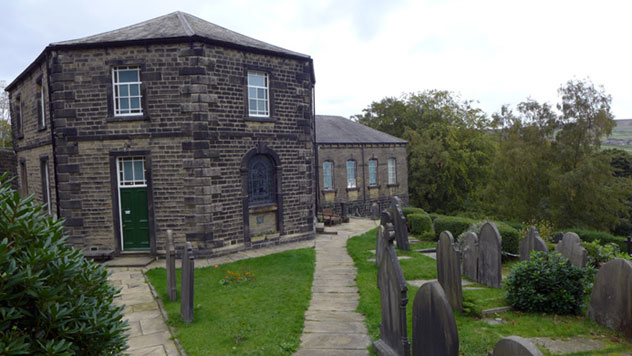
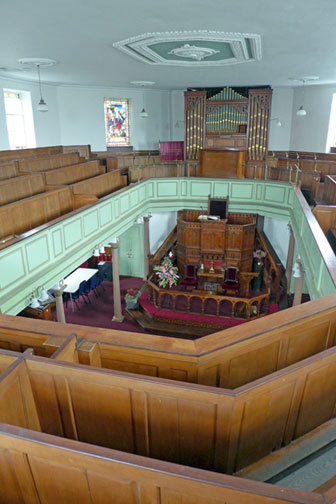
The King was finally laid to rest in the graveyard of Heptonstall’s Thomas a Becket church. If you take time to listen, you can faintly hear the words to the local rhyme to the past generations of coiners and clippers:
“Valley boys clip and valley boys sing, valley boys kneel to none but their king,” and “clip a coin and melt the crown, if a lawman comes knocking, chop him down.”
